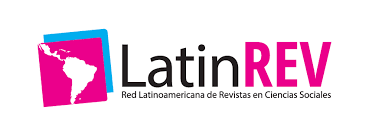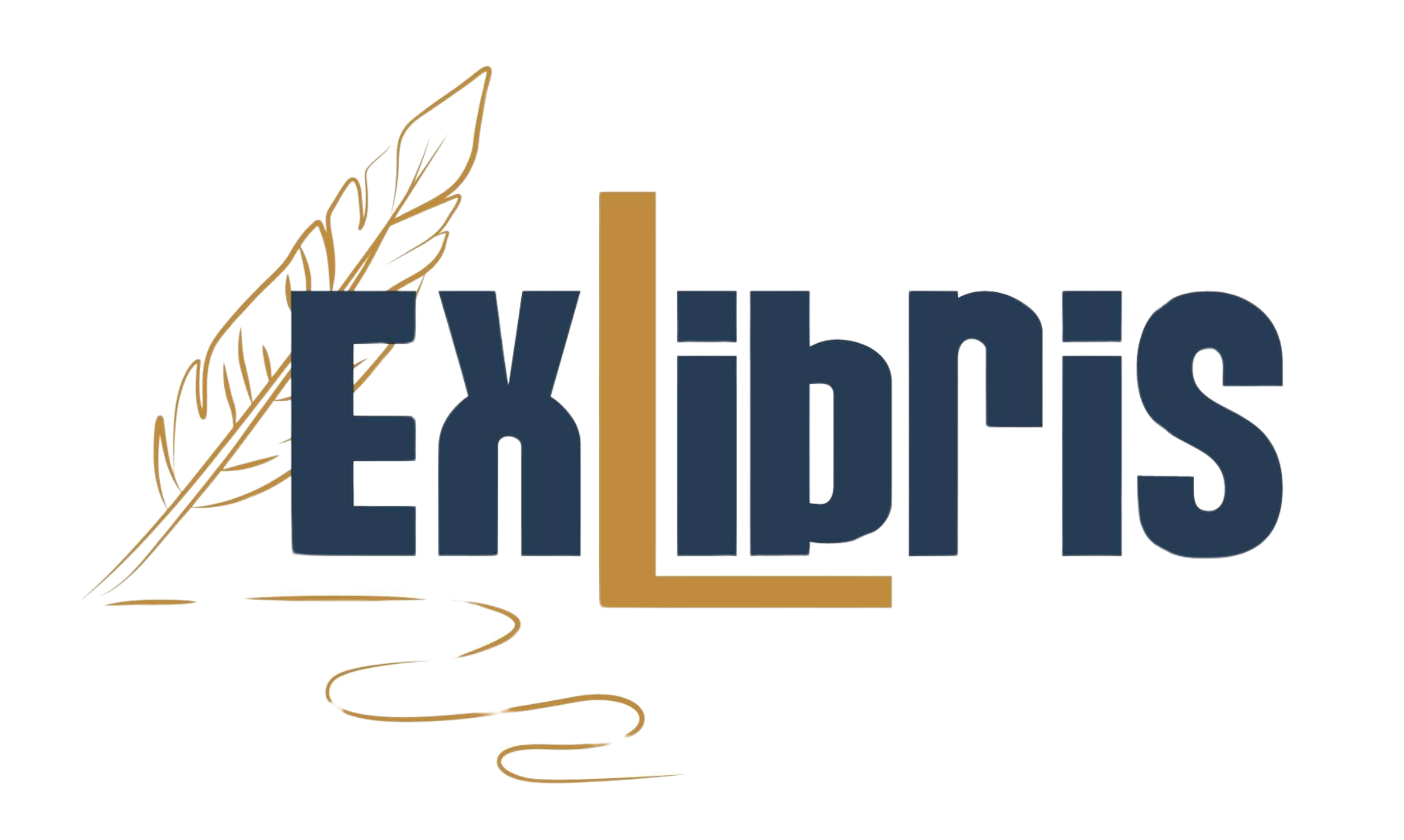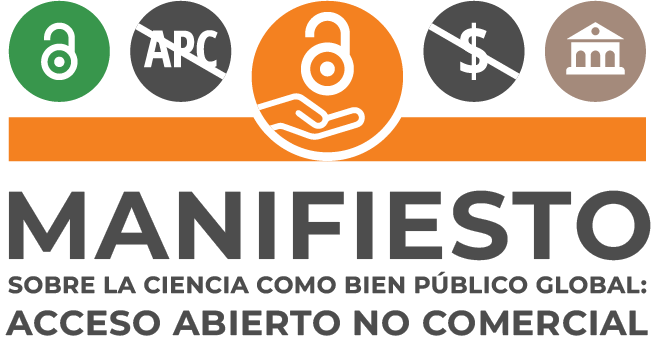Obtaining and characterization of a nutritional substrate made from cocoa waste for the production of a vegetable seedling
DOI:
https://doi.org/10.69789/ccs.v8i2.626Keywords:
biomass, bioprospecting, characterization, seedling, substrate, El SalavdorAbstract
In cocoa processing, a large amount of waste is produced, of which the shells are the most important; The cobs are generally discarded within the same crops and generate problems such as the proliferation of insects and pathogenic microorganisms. Adding value to these by-products was evaluated by incorporating cocoa shell waste into the
formulation of a substrate for growing vegetables. The objective of this research was to obtain a substrate that serves as a material and nutritional support for vegetable seedlings, from Criollo cocoa shells. The plant biomass was characterized taking into account parameters such as humidity percentage, pH, ash percentage, potassium, nitrogen and phosphorus content. Subsequently, comparative tests of formulation, sowing and growth of vegetable, tomato and cucumber seedlings were carried out, obtaining the optimal substrate formula and the best development medium. From the results it is concluded that, through adequate processing and use of cocoa shells, we transform waste into an alternative biomaterial product that generates an agroindustrial bioprospecting option. The values obtained in the characterization of the ears depend on conditions such as soil type, agrometeorological variables, water quality, fertilizer and plant species. The planting scenario conditions the optimal development of the seedlings. Factors such as water requirement, nutrient distribution and seedling stability are affected by the germination space ratio.
References
Molina, S. N. G. (2018). «Estudio y aprovechamiento de los residuos del cacao de la compañía Nestlé como estrategia comercial». Guayaquil.
Méndez, P. E. E. H. (2019). «Agroindustrialización del cacao como estrategia de desarrollo económico local. Caso de estudio: Municipio de San Pedro Nonualco». San Salvador.
Parra, N., Henríquez, M. y Villanueva, S. (2018). «Facul- tad de Ingeniería de la Universidad Central de Vene- zuela». [En línea]. Available: http://www.ing. ucv.ve/ jifi2018/documentos/ambiente/AIS003. pdf. [Último acceso: 16 noviembre 2021].
Ortiz, Juan E., Mejía, Y., González, D. E., García-Alzate,
L. S., y Cifuentes-Wchima, X. (2020). «Alternativa de biorremediación a partir de residuos de cacao en la obtención de hongos Pleurotus ostreatus con la implementación de un análisis multicriterio». Revista ION, 33(1), 67-77. https://doi.org/10.18273/ revion.v33n1-2020007
Rodríguez, V. N. y Jaramillo, C. (2004). «Cultivo de hon- gos comestibles del género Pleurotus sobre residuos agrícolas de la zona cafetera». CENICAFÉ, Caldas.
Downloads
Published
Issue
Section
License

This work is licensed under a Creative Commons Attribution-NonCommercial-ShareAlike 4.0 International License.
Los artículos de Ciencia, Cultura y Sociedad están publicados en acceso abierto bajo una licencia CC BY-NC-SA 4.0 de la Universidad Evangélica de El Salvador.


















